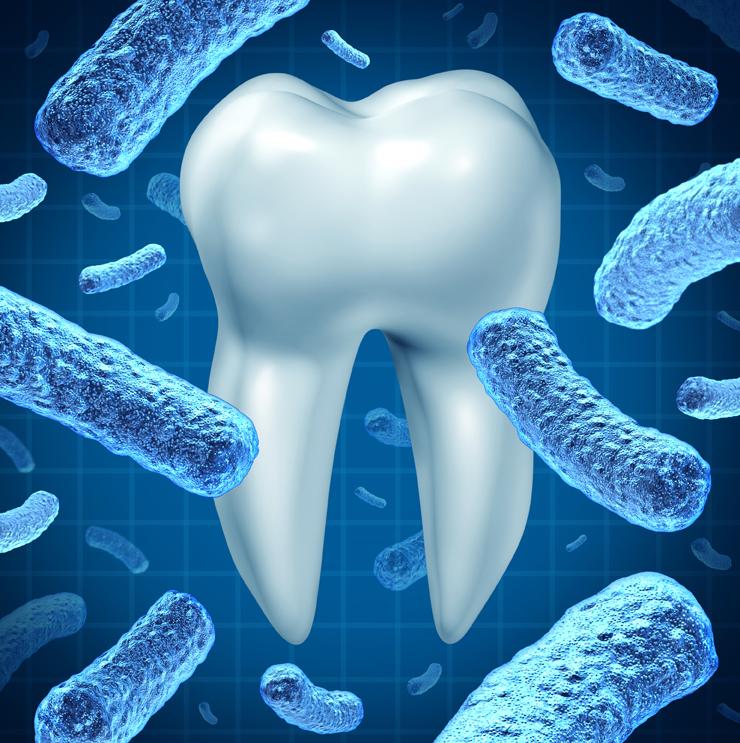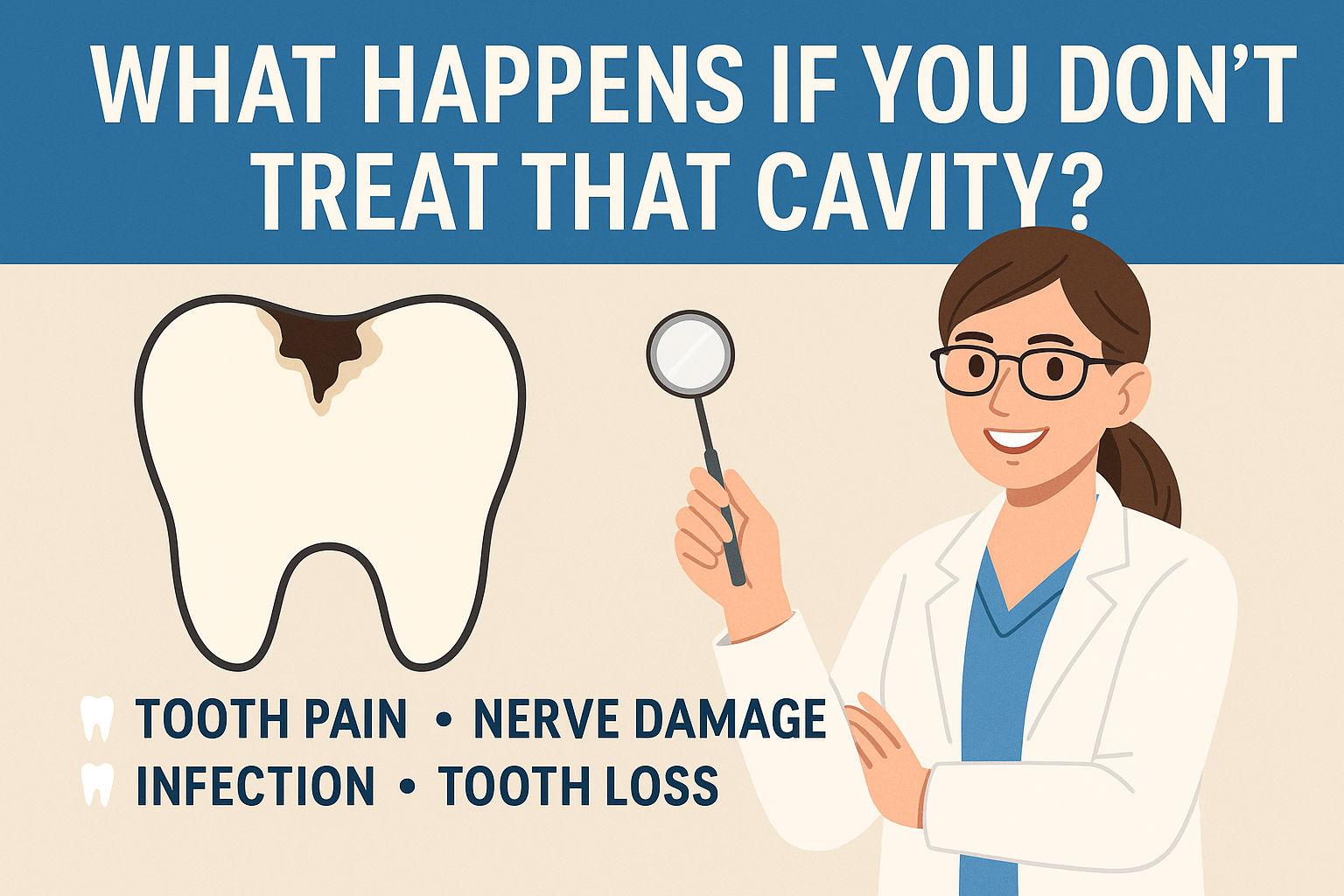Gum disease is a major problem in our country and it is similarly a big deal in my Orem, Utah dental practice. I’m always on the lookout for ways to help my patients with gum problems. Gum disease begins when plaque gets caught around teeth and gums and doesn’t get cleaned out properly on a regular basis. Plaque is a combination of salivary proteins, oral bacteria, and bits of food. It is problematic because it allows bad bacteria to surround your teeth and gums and do bad things to them. Gums are very sensitive to the toxins produced by these plaque bacteria and the body responds by producing inflammation. Much like a military war, Inflammation has good goals, but it actually does a lot of collateral damage to your gums in the process. If this gum inflammation (gingivitis) persists for a while, the bone and gums—supporting structures of the teeth, or periodontia—begin to retreat and recede. This is the beginning of periodontal disease. All of this together, gingivitis and periodontal disease, are generically referred to as “gum disease.”
In the last several years a lot of research has turned up interesting connections between gum disease and a host of other diseases and systemic problems. Heart disease, diabetes, pregnancy problems, and Alzheimer’s are just a handful of these problems that are strongly connected with your gum health. I came across a couple cool articles this week about periodontal disease.
Heart Disease Link to Gums Identified
(If you’re truly interested in this stuff, see my post The Supervillains of Your Mouth for a mediocre, but mildly entertaining description of P. gingivalis: https://canyongatedental.com/the-supervillains-of-your-mouth/)
The first article comes from a team in Sweden at the Orebro University. These guys clarified the microbiological process that connects gum disease and heart disease. Atherosclerosis is caused when arterial walls build up deposits of cholesterol, fats, and other substances and get clogged. This puts strain on the heart, alters circulation, and can lead to arterial walls bursting and triggering blood clots. Researchers had previously identified P. gingivalis as a mouth bug present in coronary artery plaques, but the Sweden team found that P. gingivalis secretes enzymes which alter the ratio of inflammation-inducing proteins in smooth muscle arterial cells. Essentially, P. gingivalis shifts things toward more inflammation, which in turn increases arterial plaque buildup. Take home message: inflammation seems to be behind everything these days and that’s the specialty of oral bacteria.
New Gum Disease Treatment Is Being Developed from Blueberries
The second article that really interested me this week comes from a report on the work that a Canadian team is doing to combat gum disease. According to the CDC, nearly half of adults over age 30 have some form of gum disease. The treatment for moderate to severe cases involves deep cleaning (to remove inflammation causing toxins present in tartar) and antibiotics (to kill the bacteria that make these toxins). The Canadian team has been developing a medication based on an extract taken from wild blueberries. The blueberry extract successfully stopped both inflammation and the growth of biofilm bacteria—something that is very tough to do even with powerful conventional antibiotics. The team hopes to refine their blueberry-based medicine to create an oral device that can be used in conjunction with scaling and root planing (“deep cleaning” for gums). Take home message: a new drug is on the way to help with gum disease, but in the meantime brush and floss regularly and try upping your blueberry consumption.)
http://pubs.acs.org/doi/abs/10.1021/acs.jafc.5b01525
-Nicolas K. Young, DMD










